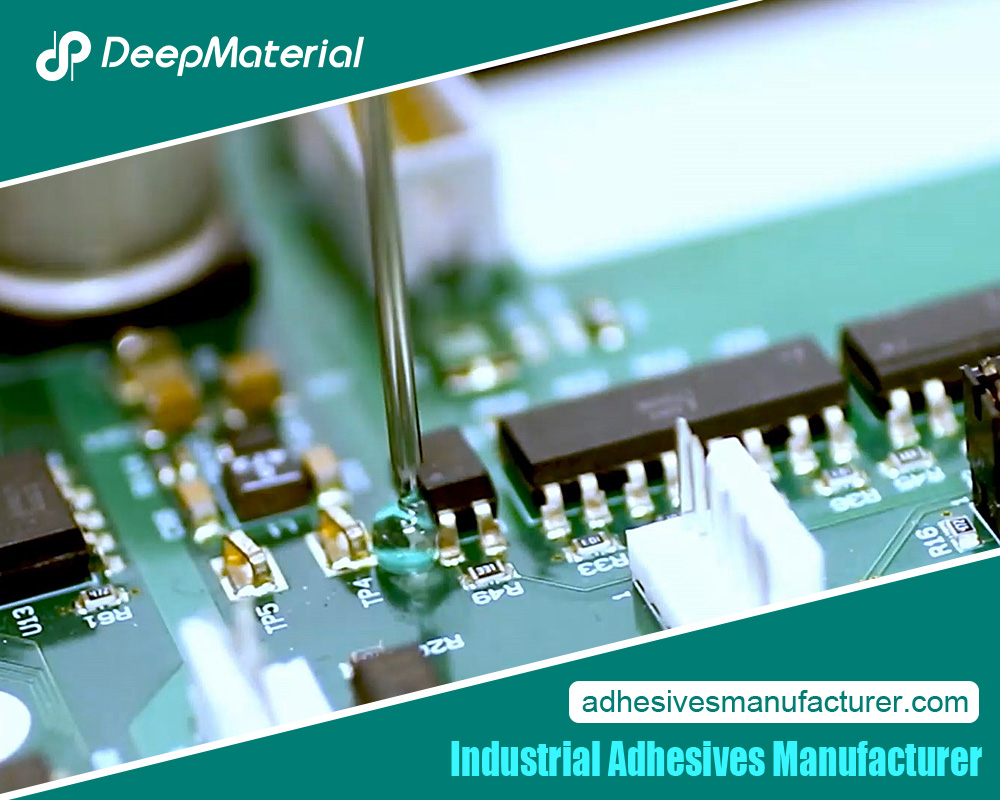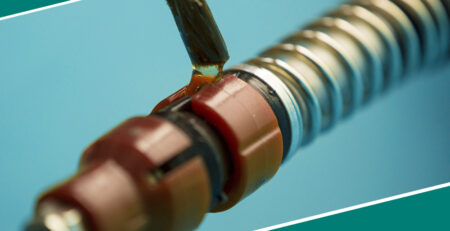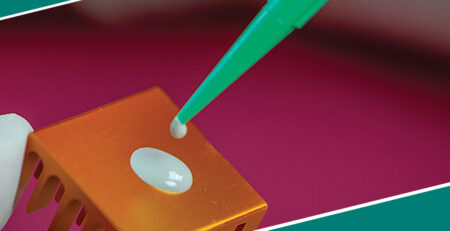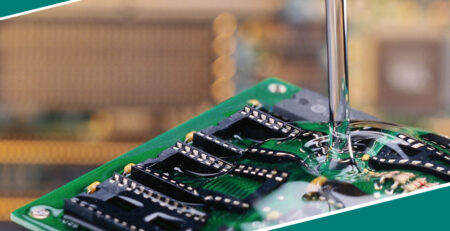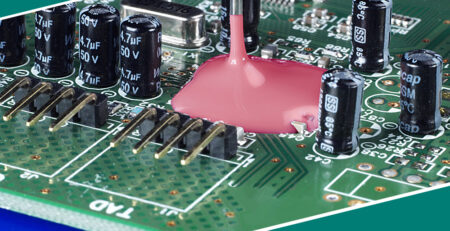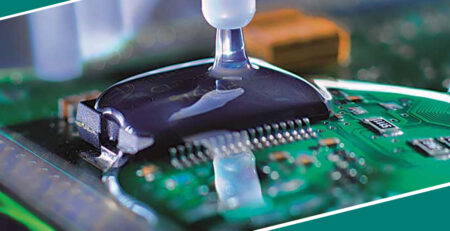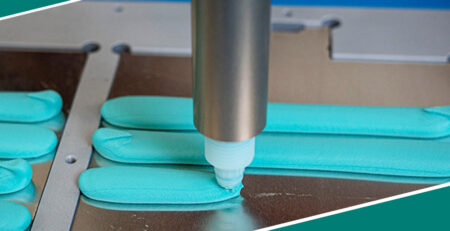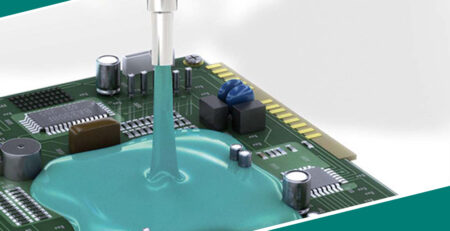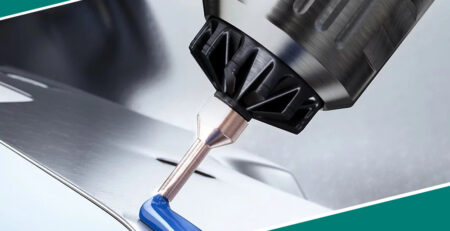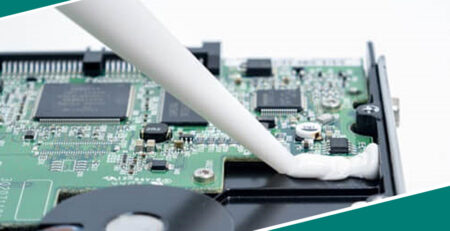Essential considerations for flexible and efficient gluing solutions
Essential considerations for flexible and efficient gluing solutions
Manufacturing and assembly industries need high-quality and high-performing adhesives that can offer exceptional results in joining materials. Adhesion is a desired characteristic in many industries including electronics, medical devices, aerospace, and automobiles. In contrast to traditional mechanical fastening, modern industrialists are more inclined towards the latest adhesion and gluing solution. Adhesive bonding is preferred because of the added benefits of improved aesthetic design, enhanced design flexibility, and structural integrity.
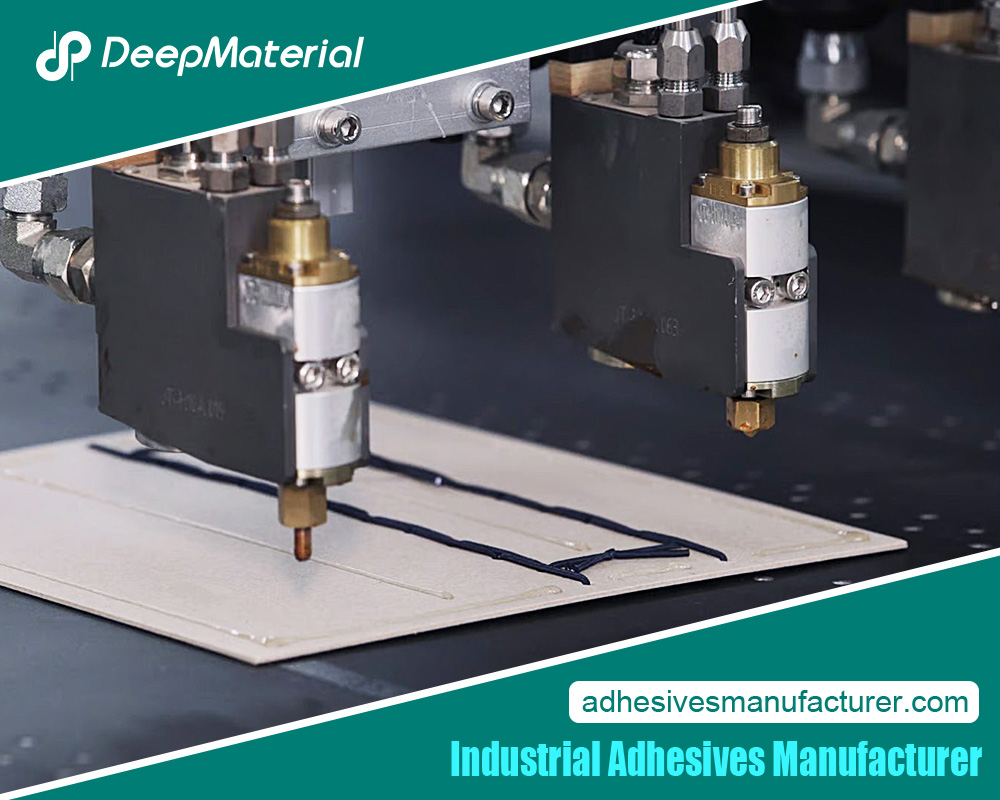
However, choosing the efficient gluing solutions requires careful homework. You need to vigilantly choose the glues based on several essential factors to make the right decision. Many factors can affect your glue choice and you need to consider these to choose the perfectly compatible glue as per your usage or industry. Don’t get overwhelmed thinking about the possible considerations because in this article you can find a comprehensive guide to the essential considerations for choosing flexible and efficient gluing solutions. Read through the end and you will be able to choose the right adhesives that can offer optimal performance with maximum efficiency.
- Compatibility with substrate: The first and most important consideration while choosing an adhesive is checking out its compatibility with the substrate. Different adhesives/glues are formulated to bond with different kinds of substrates. Some adhesives form a stronger bond with metals, while others are more suited to bond with plastics, elastomers, composites, glass, and ceramic. If you choose an adhesive that doesn’t have strong bonding capability with your substrate then you won’t be able to create a strong bond which can lead to cracking, degradation, and damage. In essence, such inefficient adhesion won’t be beneficial for you at all. This is why while choosing an adhesive make sure that it is compatible with the substrate you are using in your industry to ensure that you end up with flexible and efficient gluing solutions.There are many other factors that you should consider along with substrate compatibility such as roughness, cleanliness, and surface energy. These additional characteristic helps you to apply the adhesion most efficiently to form a strong bond.
- Strength of bond: you must consider how strong the bond will be if you choose a particular glue. The strength of adhesion is of critical importance in applications where there are chances of mechanical stress, environmental exposure, and thermal variations. To assess the glue deeply, consider factors like shear strength, peel strength, and tensile strength to ensure that it is suitable for the application you are considering it for. To assess bonding strength, you should also consider factors like resistance towards moisture, temperature, and chemicals as they dictate if the glue is fit for the intended usage. If your intended usage requires such resistance then make sure that the glue you have chosen showcases these qualities to create a strong bond that stays reliable and durable even under such harsh operational conditions.
- Flexibility: If you need adhesives for application where bonding materials are exposed to frequent movements and vibrations then you should choose a glue that is highly flexible and elastic. The flexible adhesives can create a strong and durable bond even when it is exposed to thermal expansion or frequent movement of the substrate. This is why you must consider the flexibility factor or else you won’t be able to get the bond with the desired structural integrity. Also consider relevant factors like elongation at break, and elasticity module while choosing the adhesives for flexible and efficient gluing solutions.
- Curing time: Cure time is a critical factor that determines the efficiency of the adhesion process. Different adhesives are formulated differently and have varying cure times. Some take a while to cure while others cure instantly but need an external accelerator like heat, moisture, or UV radiation. To choose the glue with desired curing characteristics you need to consider some essential factors including cycle times, production requirements, and assembly line constraints. Also, when curing it is desired that you optimize the process perfectly to get uniform curing of the glue all across the bonded joint. Optimization ensures that you get complete curing without any cracks.
- Method of application: The quality and efficiency of adhesion largely depend upon the method of application you have chosen. When choosing glue, consider relevant factors like the method of dispensing you need (automated dispensing vs manual dispensing), the type of applicator you need (syringe, spray, or through a robot), and, the dispensing equipment you will need to design the adhesion process. Based on all these factors choose a glue that has an application method that can ensure precise gluing, uniform coverage of substrate, and lower waste production to get a reliable and consistent bond.
- Environmental factors: Environmental factors can have a huge impact on the bond’s performance, durability, and reliability. These factors that can impact bonding include temperature variation, exposure to UV light, humidity, moisture, etc. While choosing the adhesive, make sure that it is strong enough to withstand when exposed to such harsh environmental factors. Also, consider relevant factors such as exposure to solvents and chemicals, outdoor vs indoor application, and durability requirements. These will help you choose the most suitable glue that possesses the desired characteristics and level of adhesion.
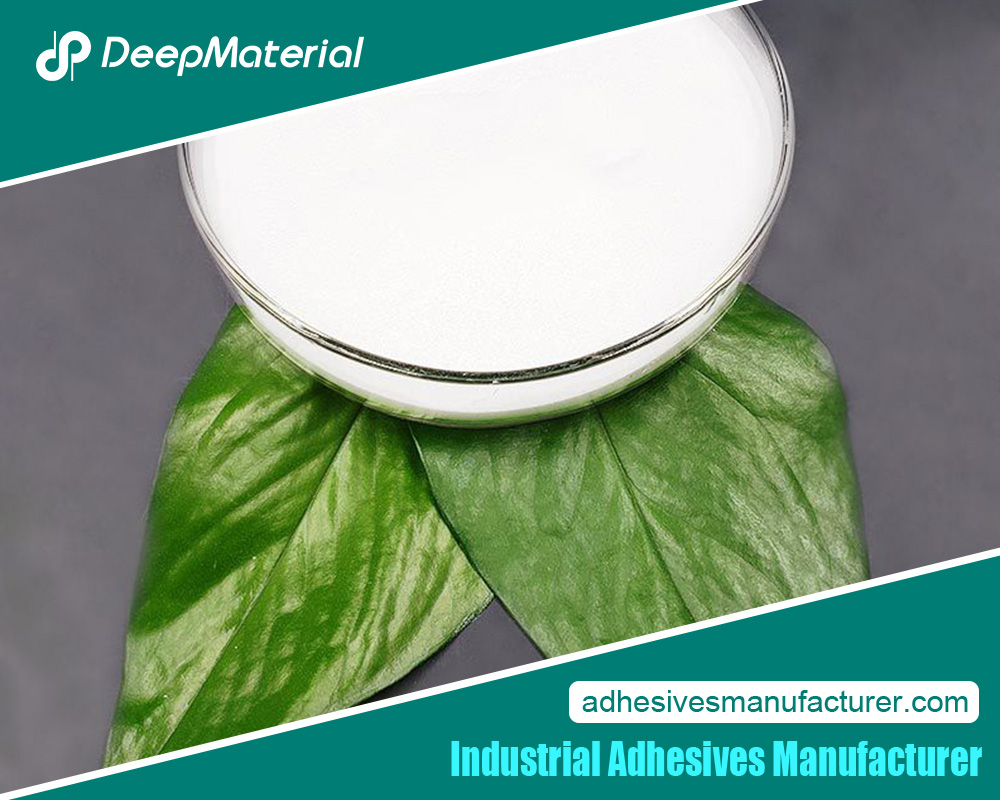
- Health considerations: Adhesive bonding processes expose workers to various health risks such as exposure to fumes, chemicals, and vapors. Always prefer to choose adhesives formulated with low VOC content. Also use personal protection equipment (PPE), proper ventilation, and follow the safety guidelines to lower the chances of health and safety risk. In addition to the direct risk, consider the indirect risk that the adhesives’ residue and disposal can have on occupational health and the environment. Always choose sustainable solutions to protect the environment and occupational health.
- Quality control measures: To ensure reliability and great performance, make sure that the glue has undergone the desired quality control measures and tests. You should also run tests for adhesive compatibility, surface preparation, and bonding strength. In addition, run necessary tests while in process and also post-bonding to look out for any defects. Such rigorous testing helps you to ensure efficiency of gluing solutions.
For more about the essential considerations for flexible and efficient gluing solutions, you can pay a visit to Deepmaterial at https://www.adhesivesmanufacturer.com/ for more info.

